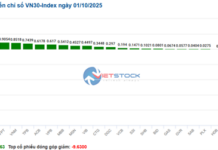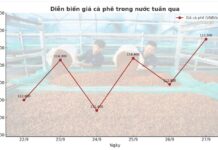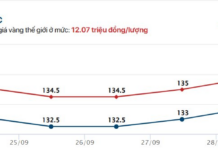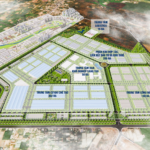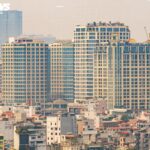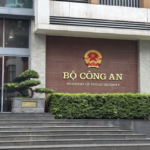The Ho Chi Minh City People’s Council has recently approved a resolution endorsing a list of 54 out of 74 land plots designated for pilot projects in the region (first phase), as per Resolution 171/2024/QH15 issued by the National Assembly.
According to the resolution, the total area of these land plots exceeds 6.5 million square meters, including over 212,800 square meters of rice fields that will be repurposed.
Among the 54 plots, 48 are located in the former Ba Ria – Vung Tau province, while the remaining 6 are situated in the former Ho Chi Minh City, specifically in Phuoc Long Ward, Binh Chanh District, and Nha Be District.
Most of these plots are proposed by investors for the development of eco-housing, luxury residences, villas, mixed-use commercial complexes with high-end apartments, premium apartment buildings, and high-rise condominiums. Only one project is planned for social housing and commercial apartments in Tam Long Ward (former Ba Ria City).
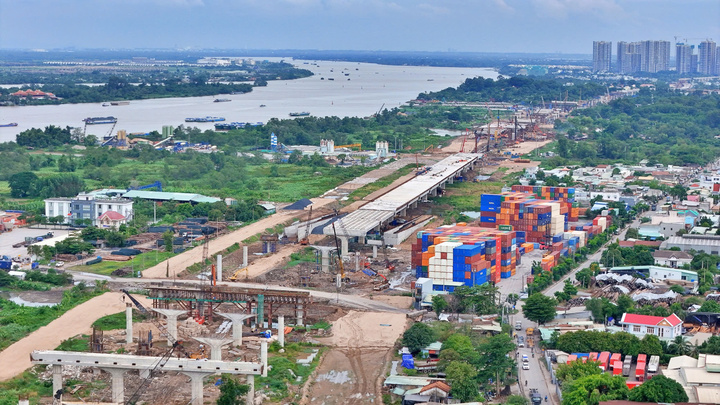
Ho Chi Minh City has approved a list of 54 land plots totaling over 6.5 million square meters for pilot commercial housing projects under Resolution 171. (Illustrative image)
Previously, the Ho Chi Minh City People’s Committee proposed 74 land plots for pilot projects, covering a total area of over 1,000 hectares. However, 20 plots were found to lack legal compliance, prompting the committee to review, assess, and supplement the necessary legal content to ensure full compliance with the law.
The Ho Chi Minh City People’s Council stated that if the legal requirements are met, the People’s Committee will submit detailed reports on each project, compile a list, and resubmit it to the Council by October 2025 at the latest.
The Council has instructed the People’s Committee to proceed with projects only when they fully comply with regulations on planning, land, investment, housing, and real estate business; ensuring transparency, feasibility, and preventing waste, policy exploitation, or complex complaints.
During the discussion at the fourth session on the morning of September 29, many delegates expressed their agreement that the resolution would supplement the city’s housing supply.
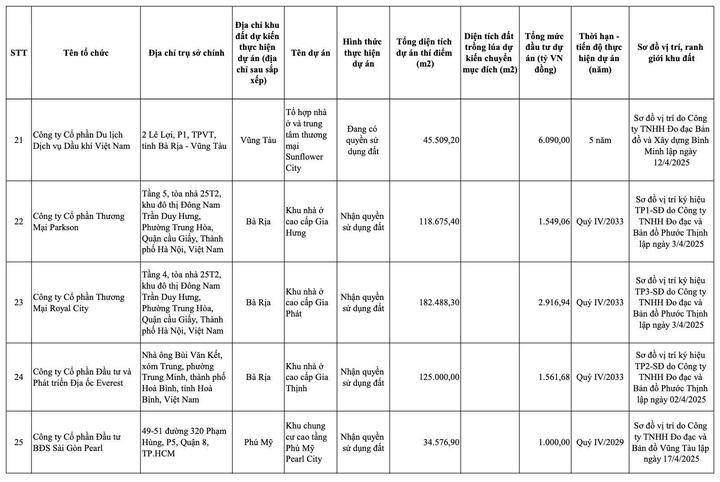
Most of the land plots are located in the former Ba Ria – Vung Tau area and are earmarked for high-end residential developments.
Delegate Le Dinh Thang believes that the Council’s approval of the 54 projects is a positive signal for businesses to invest. However, he emphasizes the need for the city to facilitate the resolution’s swift implementation by streamlining administrative procedures to avoid delays caused by red tape.
Delegate Tran Thanh Trong also hopes the resolution will help the city unlock land resources for socio-economic development. He cautions that the implementation process should not disrupt the overall planning, especially for smaller, scattered projects.
Most delegates urged the Ho Chi Minh City People’s Committee to thoroughly vet the capabilities of investors, particularly those registering for multiple land plots. They also stressed the importance of safeguarding the legitimate rights of residents in project areas.
Resolution 171/2024/QH15 of the National Assembly permits pilot commercial housing projects through land use rights agreements or on land already under use rights.
Following the Council’s approval, the People’s Committee will oversee implementation, publicly announce the list of land plots for pilot projects (including protected forests to be reclaimed) on the province’s electronic information portal, the city’s portal, and the Department of Agriculture and Environment’s website.
Additionally, the provincial People’s Committee will complete all necessary procedures related to land, housing, investment, construction, and real estate business; regularly monitor project progress; and report periodically to the Council. Annual reports will be submitted to the Government, with summaries every three years and comprehensive reviews every five years as stipulated in Article 5, Paragraph 5 of the Resolution. These reports will also be sent to the Ministry of Agriculture and Environment and the Ho Chi Minh City People’s Council.
Ho Chi Minh City Approves 1:2000 Master Plan for 786-Hectare Mechanical Engineering Industrial Zone
Nestled in the heart of Binh Co and Tan Uyen wards, this 785.9-hectare specialized mechanical industrial park is a testament to innovation and growth. With a staggering investment of over 75 trillion VND, including 12.8 trillion VND dedicated to infrastructure development, the project is poised to become a powerhouse of opportunity. Anticipated to create jobs for 32,200 workers, it’s not just an industrial zone—it’s a catalyst for economic transformation.
Who Can Afford the $4,300 per Sq. Ft. Luxury Condo Market?
According to experts, the segment of apartments priced at 100 million VND per square meter is not tailored for the majority of buyers seeking a primary residence, as their income levels cannot sustain such high costs.

